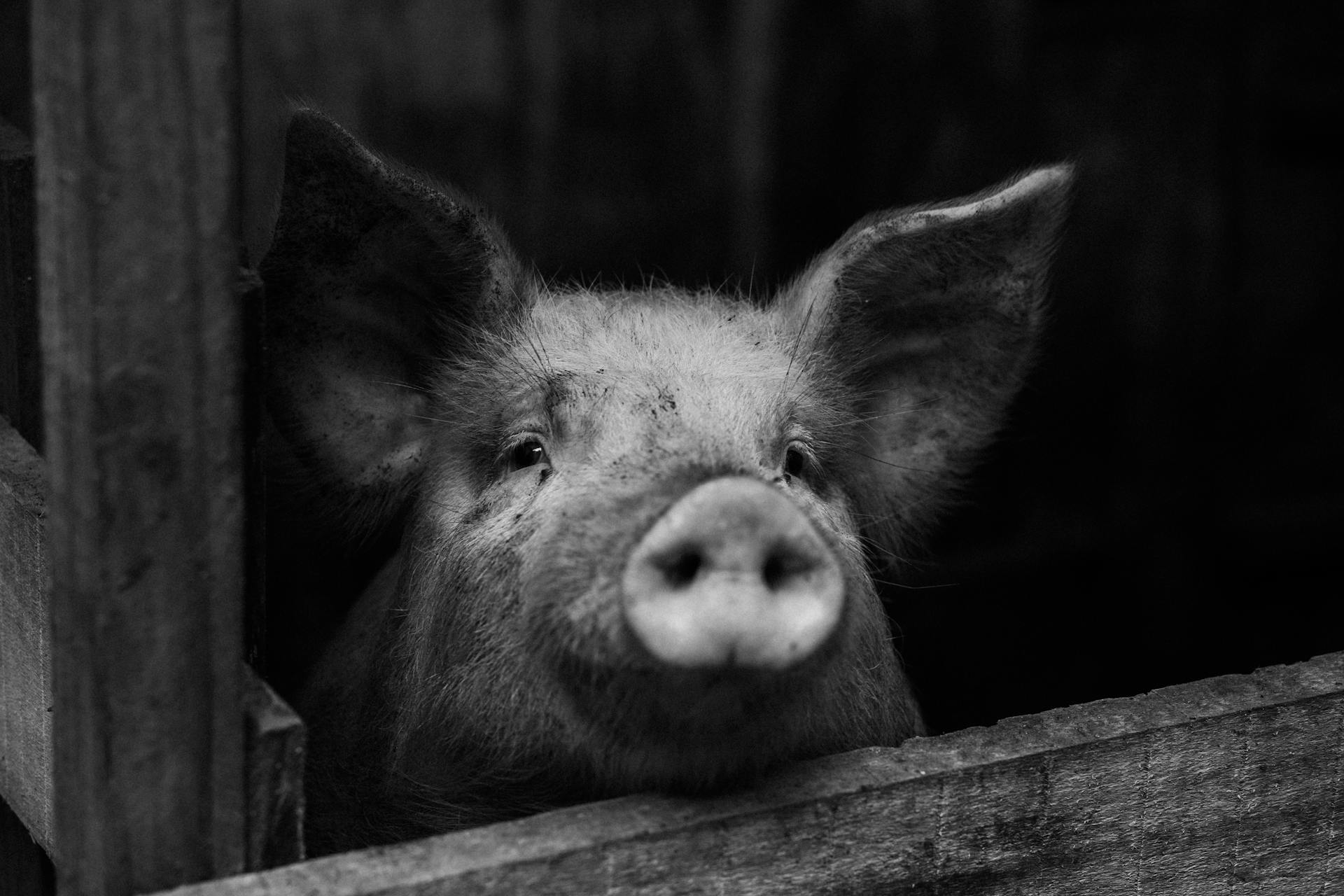
Tail docking and ear cropping are two common practices in the dog world, but they're not without controversy. Many people assume these procedures are done for aesthetic reasons, but the truth is more complex.
In fact, a significant number of breeders and veterinarians agree that these practices are performed for functional purposes, such as preventing injuries or enhancing a dog's working ability. For example, some breeds were originally developed for tasks like herding or hunting, and their docked tails or cropped ears may have been a practical adaptation for these jobs.
However, it's essential to note that the American Veterinary Medical Association (AVMA) no longer recommends these procedures for non-therapeutic reasons. This means that veterinarians are now more likely to advise against tail docking and ear cropping unless a dog has a medical need for them.
The Truth Behind Tail Docking and Ear Cropping
Dogs communicate vocally and visually, with most of their body language conveyed through their face, ears, and tail.
Ear cropping and tail docking can eliminate these communication options, making it harder to recognize signs of stress, discomfort, or happiness in your dog.
The risks of anesthesia for ear cropping can be serious, including cardiac arrest and stroke.
Infections and misshapen ears are common complications of ear cropping, requiring additional vet visits and possibly more surgery.
Docked tails may have underdeveloped pelvic muscles, which can lead to incontinence in some dogs.
Postoperative care for these procedures can be extremely painful and long-lasting.
Ear Cropping Risks
Ear cropping is a surgical procedure that requires your dog to be placed under general anesthesia, which can be as mild as vomiting and a sore throat from the endotracheal tube, or as serious as cardiac arrest and stroke.
Dogs rely heavily on their ears and tail to communicate, and cropping or docking these features can eliminate the ability to recognize signs of stress, discomfort, or happiness.
The postoperative care for ear cropping can be extremely painful and long, and it's not uncommon for infections to occur or for ears to heal misshapen, requiring another trip to the vet and possibly another surgery.
Infections and misshapen ears can lead to additional vet visits, and in some cases, more surgeries, which can be a significant burden for dog owners.
Check this out: Ear Infections in Goldendoodles
Alternatives and Benefits
As people's perceptions of their pets change, so do the ways we care for them. Many countries have already banned ear and tail cropping, and it's becoming increasingly rare to find a veterinarian who will perform these procedures.
Practically, this shift in compassion means pet owners are looking for alternatives to these procedures. In the USA, veterinarians are becoming less likely to perform them, making alternative methods more appealing.
Some pet owners are opting for natural methods to prevent behavioral problems associated with tail docking and ear cropping, such as redirecting their pet's energy and providing adequate exercise and training.
For your interest: Oakland County Animal Shelter and Pet Adoption Center
The History of Ear Cropping
Ear cropping has a long history that dates back to ancient times. In ancient Egypt, around 3000 BC, ear cropping was a status symbol, with only high-ranking officials and nobles allowed to wear their ears in their original form.
The practice was also used to signify loyalty and bravery, with some cultures believing that a cropped ear made a warrior more intimidating on the battlefield. Ear cropping was often performed as a rite of passage or to mark a significant event in a person's life.
In some cultures, ear cropping was a way to prevent otitis externa, a bacterial infection of the outer ear. This was particularly common in dogs, who would often get their ears cropped to prevent infections.
Explore further: Dogs Ears Cropped
Why Do People Dock Tails?
People dock tails for a variety of reasons, but one of the main motivations is to prevent injury to the dog.
Dogs with long tails are more likely to get caught in objects and suffer serious harm.
Some owners also dock tails to prevent wagging, which they believe can lead to the dog getting into trouble.
However, research has shown that tail wagging is a natural behavior that helps dogs communicate and express themselves.
In some breeds, such as working dogs, tails are docked to prevent them from getting in the way of their work.
For your interest: Dock Dog Training
Are There Benefits?
Ear cropping is often touted as a way to prevent ear infections, but the evidence just isn't there. There isn't any significant data to back up this claim.
Some breeds are more prone to ear infections than others, and it's not necessarily the breeds that get their ears cropped that are most affected. Many breeds with common ear infections don't have their ears cropped anyway.
It's also been suggested that ear cropping helps prevent ear and tail injuries, especially in working dogs. However, ear and tail injuries from these conditions are extremely rare.
Intriguing read: Pit Bulls Tails Cropped
Trending Towards Compassion
In recent years, people's perceptions of their pets have shifted significantly. Many countries have already banned ear and tail cropping, a practice that's being looked at more closely due to increasing compassion towards pets.
The USA hasn't banned it yet, but it's becoming increasingly rare to find a veterinarian willing to perform these procedures.
Sources
- https://www.peta.org/issues/animal-companion-issues/cruel-practices/ear-cropping-tail-docking/
- https://www.bowbottomvet.com/2012/12/06/ear-cropping-tail-docking-in-dogs/
- https://moderndogmagazine.com/articles/the-truth-behind-tail-docking-and-ear-cropping/
- https://dpca.org/breeded/tale-of-tails-a-ears/
- https://www.eliteveterinarycare.com/blog/ear-cropping-tail-docking
Featured Images: pexels.com


